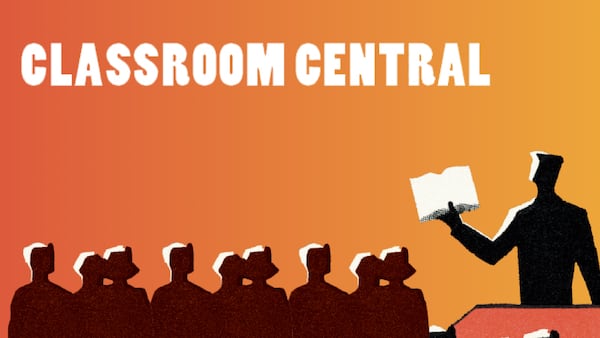Leaving the stage after 25 years as custodian, organiser and sponsor of the Young Scientist & Technology Exhibition (YSTE) was a sad day for BT Ireland.
The company’s commitment to the showcase went beyond merely throwing up a large sum of money to make it happen.
Staged at Dublin’s RDS every January, the event also requires sustained commitment and people resources to ensure a high level of participation year-in, year-out from secondary pupils, supported by teachers and parents.
Equally, having a robust adjudication process is essential in the face of the ever-changing world of science, technology, engineering and maths (Stem). This is provided by scientists and people from industry on a voluntary basis.
CMO Mary Horgan: ‘People often forget how bad infections were; our memories sometimes are short’
Owen Doyle: Chaotic cock-up cost Munster and it reflects badly on a number of people
Dublin-born Irish–American cardinal Kevin Farrell to run Vatican until pope elected
Pope Francis died of a stroke and ‘irreversible heart failure,’ the Vatican has said
What impact has the YSTE had?
In 1963, two physicists based in UCD, Fr Tom Burke and Dr Tony Scott, came across the concept of “science fairs’’ while conducting research in New Mexico. And so, in 1965, the YSTE was born – with Aer Lingus as main sponsor.
Since it was first staged at Dublin’s Mansion House, many of the overall winners have gone on to become trailblazers in Stem. Frequently, winners have undertaken internationally significant research, on a par with outstanding undergraduates at university – and sometimes better.
It has been a catalyst in bringing women into Irish science, and reached a 60:40 per cent ratio between female and male participants in recent years.
But it has also been a “coming-of-age” event for many thousands of teenagers with a scientific curiosity. Over the course of a few days, they could be seen to grow in confidence while outlining their work to judges and the public.
Prof Pat Guiry, chairman of the YSTE board, which oversees the event, says it has become part of the fabric of Irish society. Referring to BT’s tenure, he highlights the input of a large team – some 170 of its staff worked at this year’s BTYSTE – but also “commitment, integrity and putting students first ... Ireland Inc owes them a lot”.
So where is a new sponsor likely to emerge?
The cost of staging the exhibition is a closely-guarded secret, but co-sponsorship and ticket sales take the edge off it. BT Ireland is understood to have put some €1 million to €1.5 million into the event annually.
A company with a large turnover and operating as a multinational is most likely to fit the bill. A big player in pharma/healthcare, biotech or tech would make sense.
The exhibition has “gold partners” including Analog Devices, Amgen and Stripe – Patrick Collison, one of the brothers who cofounded Stripe, won the 41st YSTE in 2005 at the age of 16. These companies have a strong association with the event, and fall into the most-likely category of potential successor.
Guiry confirmed the board had known for some weeks of BT’s decision. The search for the event’s fourth ever sponsor starts this week, with some companies already indicating an interest.
They will have to stay true to the vision of the event’s co-founders, says Guiry, and fit well within the broad-based science ecosystem established in Ireland.
The YSTE has helped generate high-quality Irish Stem graduates, with tangible benefits for commerce and academia. This has enhanced the attractiveness of Ireland for foreign direct investment.
That flow of talent will be critical as Ireland faces AI challenges, economic headwinds and geopolitical uncertainties, so much so that the Government will be watching the changing of the YSTE guard with more than passing interest.
- Sign up for push alerts and have the best news, analysis and comment delivered directly to your phone
- Join The Irish Times on WhatsApp and stay up to date
- Listen to our Inside Politics podcast for the best political chat and analysis













